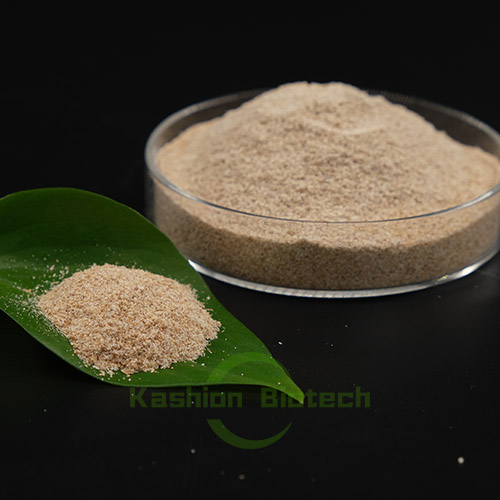
Home Products Sewage Treatment Bacteria River Rehabilitation Aerobic Biological Phosphorus Removal Ba
1. Phosphorus release under anaerobic conditions
In the absence of dissolved oxygen or nitrate nitrogen, facultative bacteria convert soluble BOD5 to low-molecular-weight volatile organic acids VFA by fermentation. Phosphorus-accumulating bacteria absorb these fermentation products or VFA from raw sewage, transport them into cells, and assimilate into intracellular carbon energy storage substance PHB. The required capacity comes from the hydrolysis of polyphosphate and the glycolysis of intracellular sugars. and lead to the release of phosphate.2. Phosphorus uptake under aerobic conditions
Under aerobic conditions, the activity of phosphorus-accumulating bacteria is restored, and the amount of phosphorus that exceeds the required growth is stored in the form of phosphorus-accumulating, and energy is generated through the oxidative metabolism of PHB for the absorption of phosphorus and the synthesis of phosphorus-accumulating. The phosphate is trapped and stored in the form of high-energy bonds, and the phosphate is removed from the water.

3. Discharge of phosphorus-rich sludge
The resulting phosphorus-rich sludge is discharged in the form of excess sludge, thereby removing phosphorus. From the perspective of energy, phosphorus accumulating bacteria release phosphorus to obtain energy to absorb dissolved organic matter in wastewater under anaerobic conditions, and degrade and absorb dissolved organic matter to obtain energy to absorb phosphorus under aerobic conditions. The key to phosphorus removal is the setting of an anaerobic zone. Under short-term anaerobic conditions, phosphorus-accumulating bacteria can absorb low-molecular-weight substrates and rapidly assimilate and store these fermentation products, that is, the anaerobic zone provides phosphorus-accumulating bacteria. a competitive advantage. In this way, phosphorus accumulating bacteria that can absorb a large amount of phosphorus can be selectively proliferated in the treatment system, and the purpose of phosphorus removal can be achieved by removing excess sludge with high phosphorus content. Another advantage of this selective proliferation is that it inhibits the proliferation of filamentous bacteria and avoids the possibility of producing sludge with poor sedimentation performance. Therefore, the anaerobic/aerobic biological phosphorus removal process generally does not cause sludge bulking.Name: Nicole Yu
Mobile:+86 17718148007
Tel:+86 17718148007
Whatsapp:8617718148007
Email:sales@kashionbiotech.com
Add:No.6, Zhanxi Road, Yaohai District, Hefei City, Anhui Province, China.